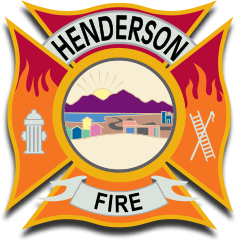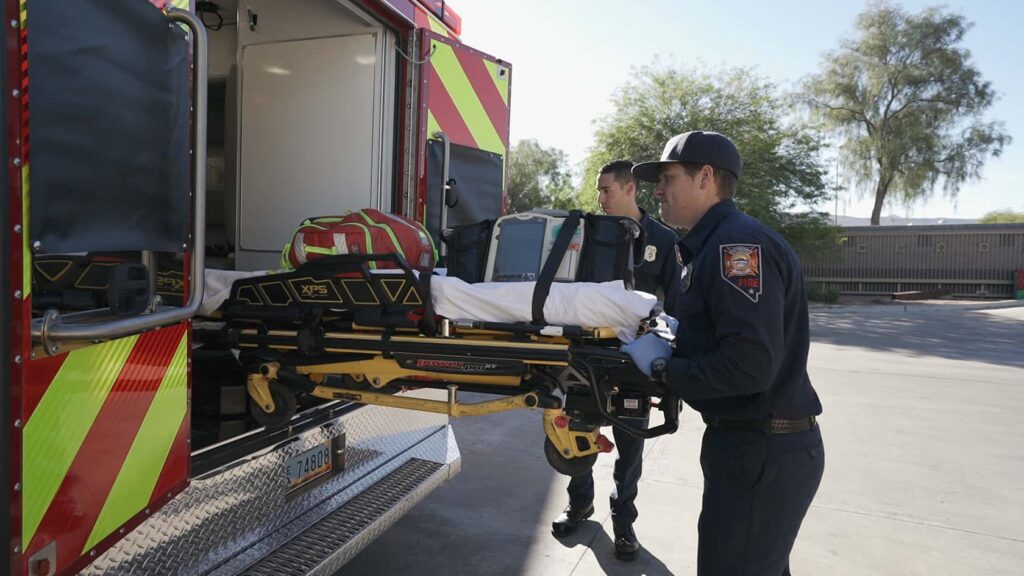Programs and Capabilities
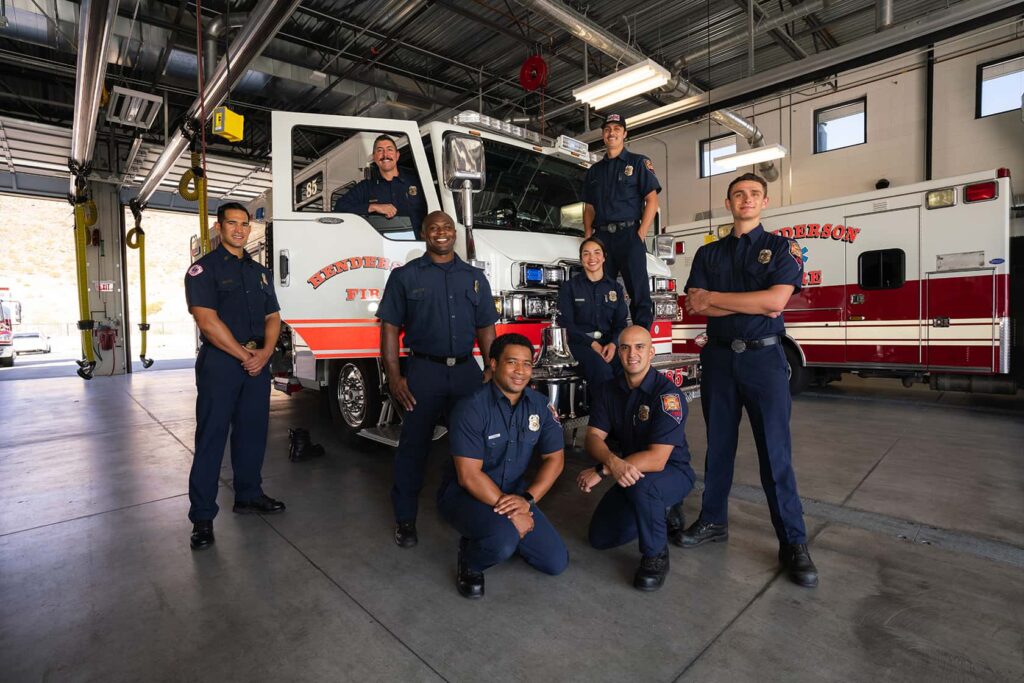 Henderson Fire exists to serve the City’s residents, businesses, and visitors by responding to a broad range of routine and complex emergencies and non-emergencies that require a standardized, consistent, coordinated, and accountable approach. A detailed description of the service delivery programs and capabilities provided by the Department follows:
Henderson Fire exists to serve the City’s residents, businesses, and visitors by responding to a broad range of routine and complex emergencies and non-emergencies that require a standardized, consistent, coordinated, and accountable approach. A detailed description of the service delivery programs and capabilities provided by the Department follows:
Fire Suppression
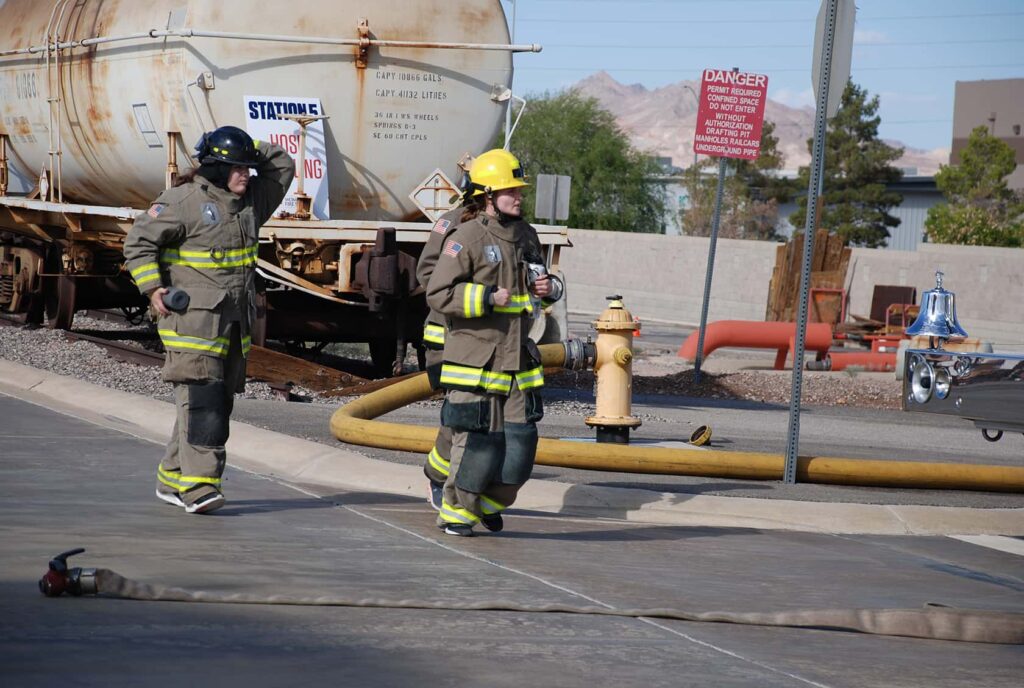 HFD provides fire protection and suppression to the city to mitigate the effects of fire on life and property. Fire related incidents may involve structures, vehicles, equipment, vegetation, trash, and other objects. This service is delivered utilizing 13 engine companies, three 100’ ladder trucks, three battalion chief command vehicles, and one operations support officer vehicle. Engines and trucks are staffed with four personnel to include a captain, engineer, firefighter paramedic, and a firefighter. All fire rescue operations personnel are trained to the Nevada State Fire Marshal Firefighter II level.
HFD provides fire protection and suppression to the city to mitigate the effects of fire on life and property. Fire related incidents may involve structures, vehicles, equipment, vegetation, trash, and other objects. This service is delivered utilizing 13 engine companies, three 100’ ladder trucks, three battalion chief command vehicles, and one operations support officer vehicle. Engines and trucks are staffed with four personnel to include a captain, engineer, firefighter paramedic, and a firefighter. All fire rescue operations personnel are trained to the Nevada State Fire Marshal Firefighter II level.
Emergency Medical Services
HFD provides full-service emergency medical treatment including transportation of sick and injured patients to area hospitals. As the first responder for all emergencies in the city, all engines, trucks, and rescues provide services at the advanced life support level. Twelve rescues and two peak-load rescues are staffed with at least one firefighter paramedic certified at the paramedic level and one firefighter.
Three medic rescue units are staffed with two single-role paramedic ambulance operators. All fire rescue operations personnel are certified as emergency medical technicians.
Technical Rescue
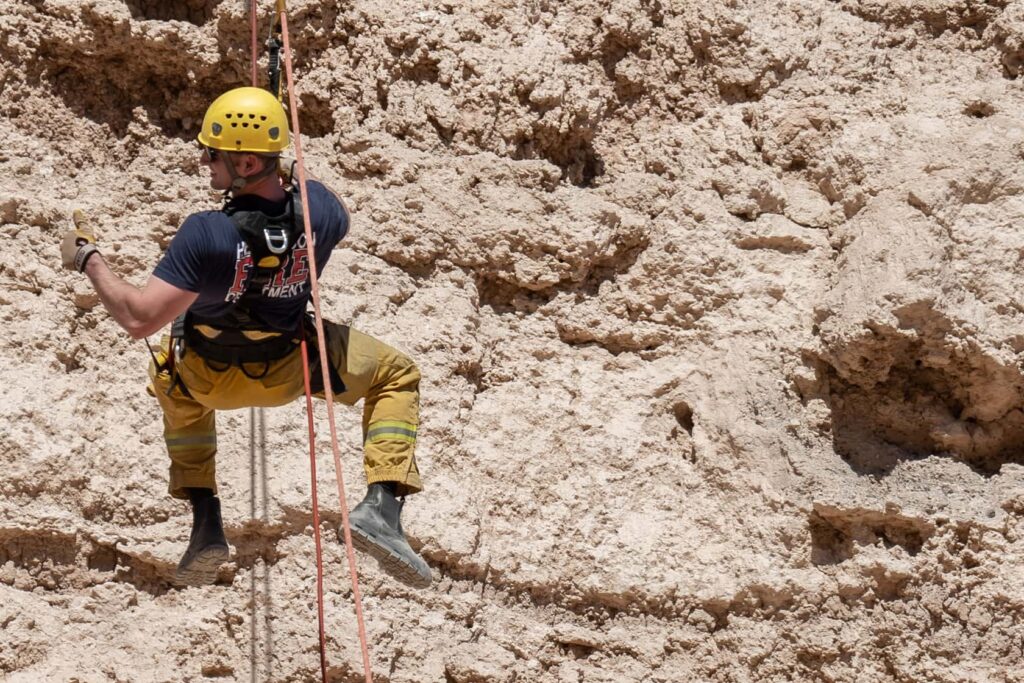 HFD provides technical rescue in accordance with NFPA 2500: Standard for Operations and Training for Technical Search and Rescue Incidents and Life Safety Rope and Equipment for Emergency Services for rope rescue, confined space rescue, trench rescue, swift water rescue, and heavy vehicle/ machinery extrication. (As part of the Emergency Response and Responder Safety Document Consolidation Plan as approved and amended by the NFPA Standards Council, NFPA 2500 is a combination of Standards NFPA 1670: Standard on Operations and Training for Technical search and Rescue Incidents, NFPA 1858: Standard on Selection, Care, and Maintenance of Life Safety Rope and Equipment for Emergency Services, and NFPA 1983: Standard on Life Safety Rope and Equipment for Emergency Services). The Technical Rescue Team (TRT) is certified at the technician level in accordance with NFPA 1006: Standard for Technical Rescue Personnel Professional Qualifications. A minimum staffing of six TRT members is maintained daily. All fire rescue operations personnel are trained at the awareness level for rope rescue, confined space rescue, and trench rescue and at the operations level for swift water rescue and heavy vehicle/machinery extrication.
HFD provides technical rescue in accordance with NFPA 2500: Standard for Operations and Training for Technical Search and Rescue Incidents and Life Safety Rope and Equipment for Emergency Services for rope rescue, confined space rescue, trench rescue, swift water rescue, and heavy vehicle/ machinery extrication. (As part of the Emergency Response and Responder Safety Document Consolidation Plan as approved and amended by the NFPA Standards Council, NFPA 2500 is a combination of Standards NFPA 1670: Standard on Operations and Training for Technical search and Rescue Incidents, NFPA 1858: Standard on Selection, Care, and Maintenance of Life Safety Rope and Equipment for Emergency Services, and NFPA 1983: Standard on Life Safety Rope and Equipment for Emergency Services). The Technical Rescue Team (TRT) is certified at the technician level in accordance with NFPA 1006: Standard for Technical Rescue Personnel Professional Qualifications. A minimum staffing of six TRT members is maintained daily. All fire rescue operations personnel are trained at the awareness level for rope rescue, confined space rescue, and trench rescue and at the operations level for swift water rescue and heavy vehicle/machinery extrication.
Hazardous Materials
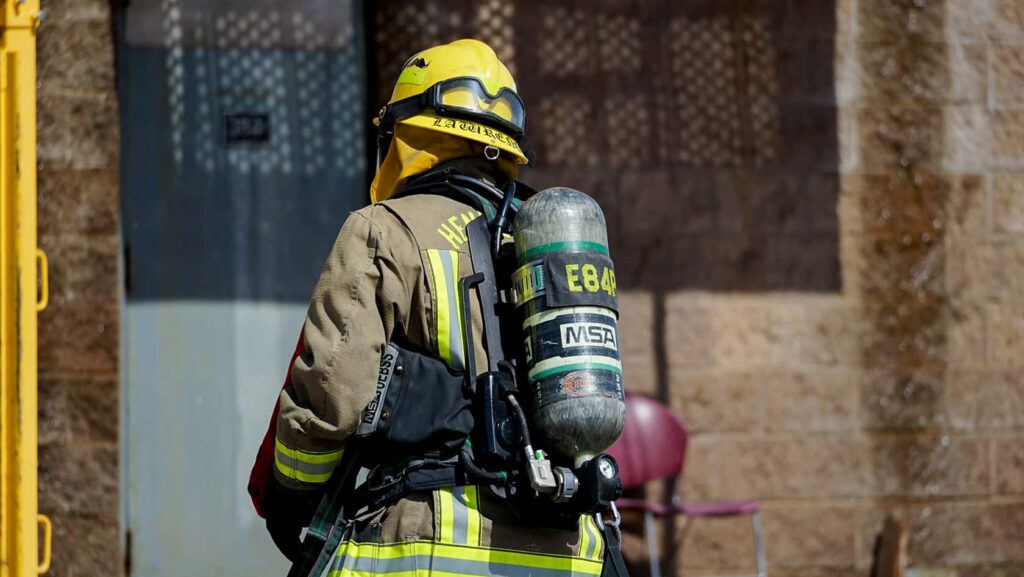 HFD provides hazardous materials response in accordance with NFPA 470: Hazardous Materials/ Weapons of Mass Destruction (WMD) Standard for Responders (Please note: As part of the Emergency Response and Responder Safety Document Consolidation Plan as approved and amended by the NFPA Standards Council, NFPA 470 is a combination of Standards NFPA 1072: Standard for Hazardous Materials/Weapons of Mass Destruction Emergency Response Personnel Professional Qualifications, 472: Standard for Competence of Responders to Hazardous Materials/Weapons of Mass Destruction Incidents and NFPA 473: Standard for Competencies for EMS Personnel Responding to Hazardous Materials/Weapons of Mass Destruction Incidents). A minimum staffing of seven HMRT members is maintained daily. The Hazmat Response Team is certified at the technician level and conducts operations which include the following technical skills: appropriate personal protective equipment, decontamination, monitoring, technical research and plume modeling, container ID, victim rescue, leak/spill control, chemistry, and site entries and familiarization. These mitigation actions can be offensive or defensive in nature and are designed to minimize the impact of the incident to the community.
HFD provides hazardous materials response in accordance with NFPA 470: Hazardous Materials/ Weapons of Mass Destruction (WMD) Standard for Responders (Please note: As part of the Emergency Response and Responder Safety Document Consolidation Plan as approved and amended by the NFPA Standards Council, NFPA 470 is a combination of Standards NFPA 1072: Standard for Hazardous Materials/Weapons of Mass Destruction Emergency Response Personnel Professional Qualifications, 472: Standard for Competence of Responders to Hazardous Materials/Weapons of Mass Destruction Incidents and NFPA 473: Standard for Competencies for EMS Personnel Responding to Hazardous Materials/Weapons of Mass Destruction Incidents). A minimum staffing of seven HMRT members is maintained daily. The Hazmat Response Team is certified at the technician level and conducts operations which include the following technical skills: appropriate personal protective equipment, decontamination, monitoring, technical research and plume modeling, container ID, victim rescue, leak/spill control, chemistry, and site entries and familiarization. These mitigation actions can be offensive or defensive in nature and are designed to minimize the impact of the incident to the community.
Other Programs
 HFD responds to a variety of public service needs and non-emergency requests. These requests vary in nature and may include such things as assisting a person who has fallen and needs assistance, smoke or steam mistaken for fire, false alarms, alarm malfunctions, ordinance violations, flowing water or steam leaks, police matters, and trail rescues which may be emergent or non-emergent in nature. A fire investigations program exists to determine origin and cause of fires in the city and to gather evidence to aid in the prosecution of suspected arsonists. The program is staffed with two senior fire investigators. A community risk reduction program is directed toward reducing the risks of injury, loss of life, and loss of property in the community. The program provides valuable public information and education through community events, presentations, programs, school visits, and station tours. The community assistance program connects citizens with social services that may provide them additional support.
HFD responds to a variety of public service needs and non-emergency requests. These requests vary in nature and may include such things as assisting a person who has fallen and needs assistance, smoke or steam mistaken for fire, false alarms, alarm malfunctions, ordinance violations, flowing water or steam leaks, police matters, and trail rescues which may be emergent or non-emergent in nature. A fire investigations program exists to determine origin and cause of fires in the city and to gather evidence to aid in the prosecution of suspected arsonists. The program is staffed with two senior fire investigators. A community risk reduction program is directed toward reducing the risks of injury, loss of life, and loss of property in the community. The program provides valuable public information and education through community events, presentations, programs, school visits, and station tours. The community assistance program connects citizens with social services that may provide them additional support.
